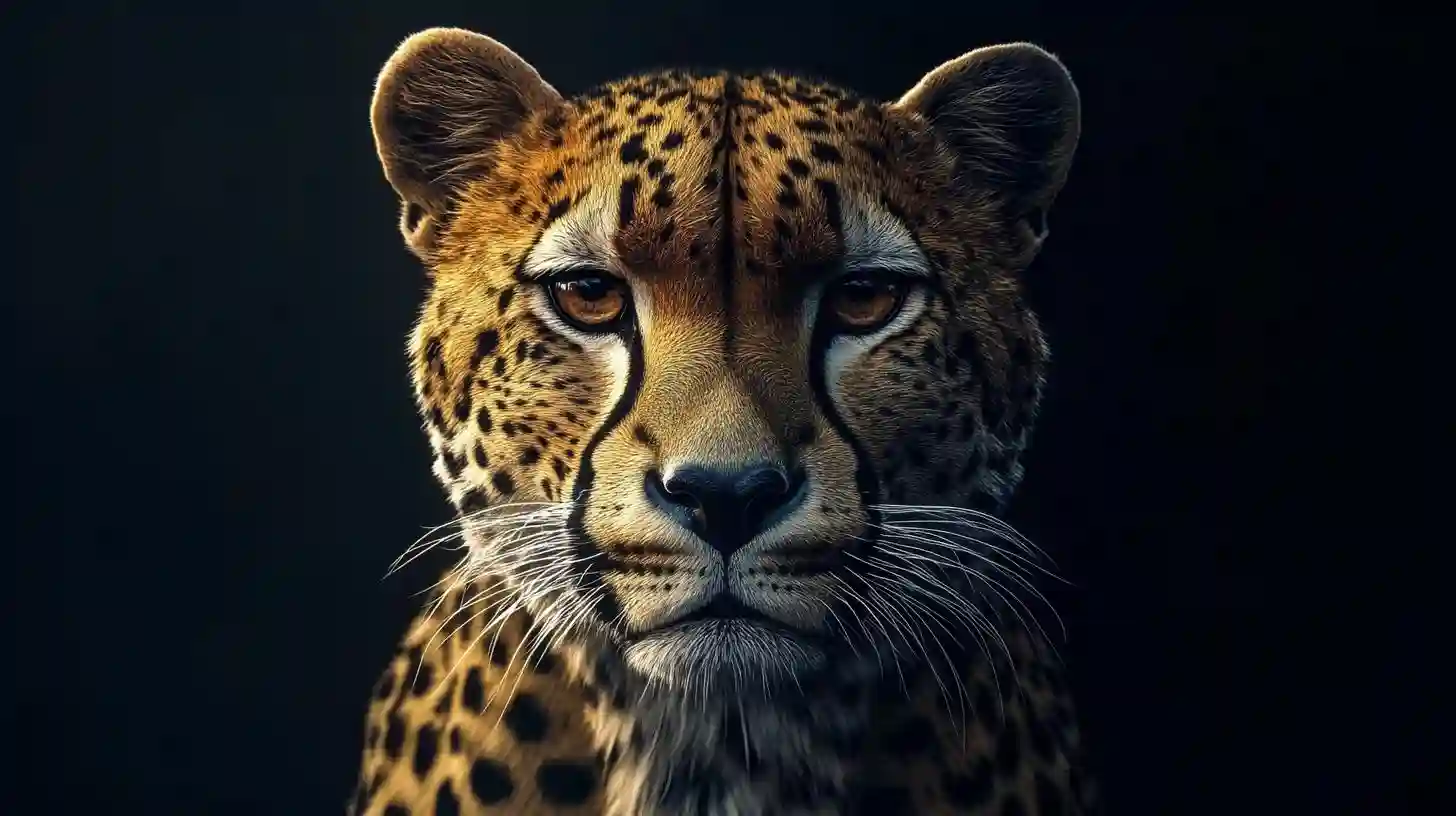
Cheetahs and leopards are two of the most iconic big cats found in the African savanna and other parts of the world. Though they share the same habitat and have similar body shapes, they exhibit a variety of unique traits that set them apart. Understanding these differences not only helps in appreciating the richness of wildlife but also aids in conservation efforts aimed at preserving their populations.
One of the most striking differences between cheetahs and leopards lies in their physical appearance. Cheetahs are built for speed, featuring a slender, aerodynamic body that facilitates rapid acceleration. Their long legs and flexible spine enable them to cover ground quickly, while their lightweight structure allows them to run at incredible speeds. In contrast, leopards possess a stockier build, characterized by a muscular body that provides strength and agility. This design allows leopards to climb trees and traverse various terrains with ease. The shapes of their heads also differ, with cheetahs displaying a smaller, rounded head compared to the broader, more powerful head of a leopard.
Another distinguishing feature can be found in their coat patterns. Cheetahs have a unique coat characterized by solid black spots against a tan background. These spots are evenly distributed and create a sleek appearance, ideal for camouflage in grasslands. On the other hand, leopards display a rosette pattern made up of clusters of spots that give them a more complex and intricate look. This pattern grants leopards superior camouflage in both forested and rocky environments, allowing them to stalk their prey without being easily detected. The contrasting coat styles highlight the evolutionary adaptations each species has made to survive in their specific habitats.
Behaviorally, cheetahs and leopards exhibit different hunting strategies influenced by their physical attributes. Cheetahs are renowned for their speed and tend to rely on short bursts of acceleration to catch their prey, such as gazelles and impalas. They are diurnal hunters, preferring to hunt during the day when visibility is optimal. The cheetah’s exceptional eyesight plays a crucial role in its hunting, as they often spot prey from a distance before initiating a high-speed chase. In contrast, leopards are ambush hunters that prefer to stalk their prey quietly and take advantage of their surroundings. They hunt primarily at night, capitalizing on their excellent night vision. Their stealth approach allows them to hunt a wider range of prey, including larger mammals and birds.
In terms of social structure, cheetahs and leopards also exhibit significant differences. Cheetahs are more social animals, often forming small groups known as coalitions, which usually consist of related males. These coalitions help cheetahs defend their territory and increase their success rate when hunting. Female cheetahs tend to be solitary, and after giving birth, they rear their young independently. Leopards, meanwhile, are solitary creatures by nature, with males and females coming together only for mating. An established leopard’s territory can cover a broad area, and they actively mark their territory to ward off competitors.
When it comes to habitat preferences, both species exhibit adaptability, but they often choose different environments. Cheetahs typically inhabit open grasslands and savannas where they can utilize their speed to hunt. They thrive in areas with enough visibility to spot prey from a distance. Leopards, on the other hand, are more versatile and can be found in a variety of habitats, including forests, mountains, and savanna woodlands. They are highly skilled climbers and often store their kills in trees to protect them from scavengers.
Reproduction and parenting styles further highlight distinctions between cheetahs and leopards. Cheetah cubs are born with a thick coat of fur and distinctive blue eyes, which change as they mature. The mother is highly attentive, teaching her cubs the essentials of survival for the first year of their lives. Conversely, leopard mothers have a different approach and often give birth in hidden locations, keeping their young safe from predators. Leopard cubs typically remain dependent on their mothers for up to two years before becoming independent hunters.
Ultimately, while cheetahs and leopards are both magnificent members of the big cat family, their differences are profound and fascinating. From physical characteristics and hunting techniques to behavior and habitat preferences, understanding these distinct traits enriches our perception of the natural world and highlights the adaptations that have allowed these two species to thrive in their respective environments. Recognizing and appreciating these differences can foster a deeper respect for wildlife and the conservation efforts aimed at protecting these remarkable animals and their habitats.